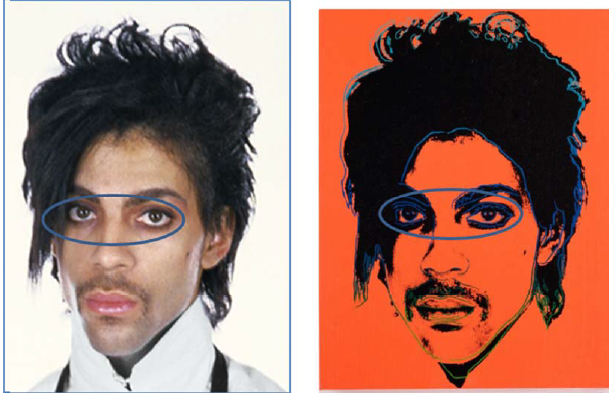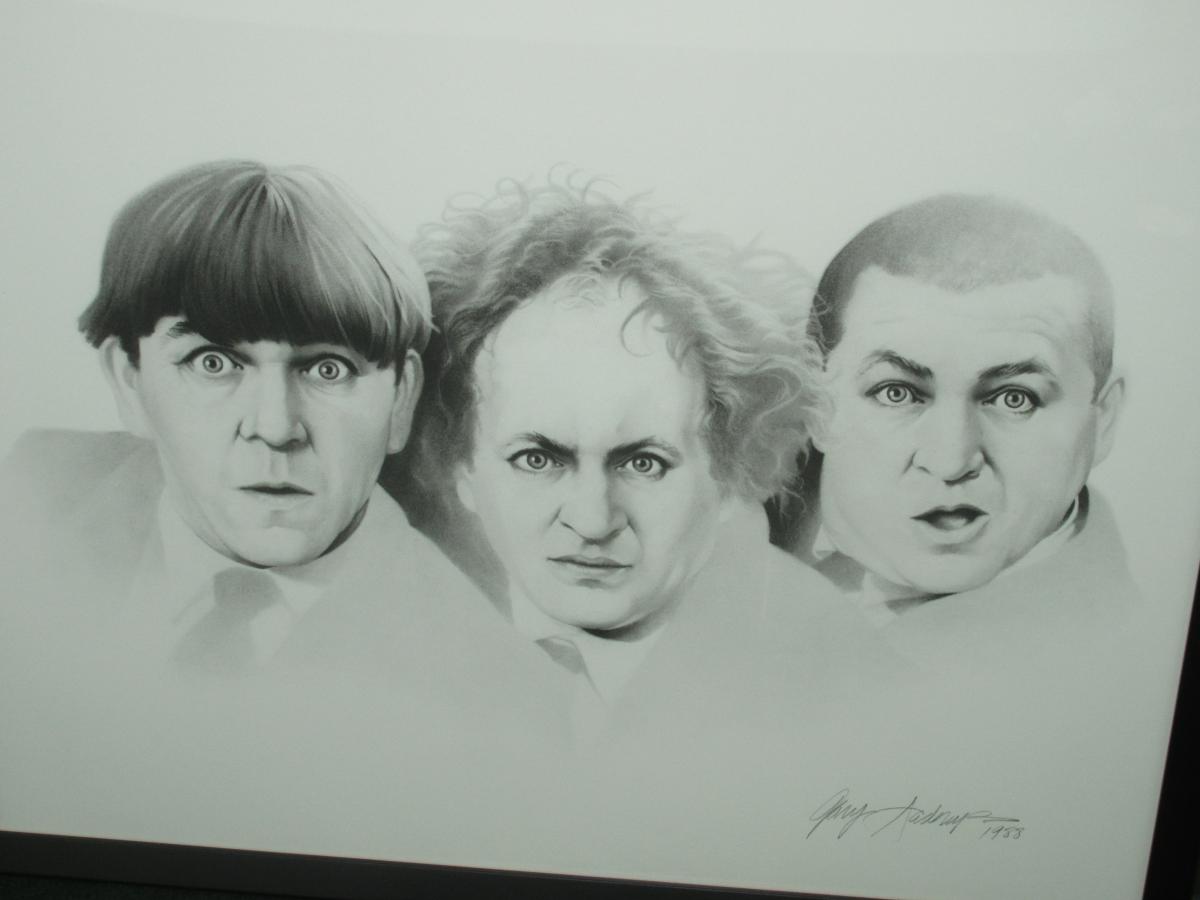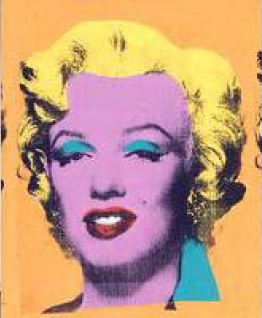Warhol Foundation Claims Fair Use of Photographs of Dead Pop Star Prince
By Jennifer E. RothmanApril 21, 2017

Oh, how the chickens come home to roost. In Comedy III v. Saderup, Inc., the California Supreme Court distinguished Andy Warhol’s celebrity portraits from those of Gary Saderup’s realistic portraits of The Three Stooges.
Now this unconvincing and unpredictable distinction between Warhol’s celebrity portraits and those by other less famous, and more “realistic” artists is being raised in federal court in New York. The Andy Warhol Foundation has filed a complaint against photographer Lynn Goldsmith for a declaratory judgment that his portraits of the recently deceased and talented pop artist, Prince (Prince Rogers Nelson), do not infringe the copyright in the photographs that they appear to have been based on. The Foundation claims that the uses are fair ones because the uses are transformative.

Although this is a copyright case, the transformativeness test employed in right of publicity cases was imported from copyright law, and its interpretation in the context a copyright case, particularly with facts that also raise potential right of publicity claims, could be influential.
Comedy III involved a post-mortem right of publicity claim brought by heirs of each of The Three Stooges against Saderup for his lithographs and t-shirts that he sold with the comedians' image on them.

The California Supreme Court recognized that Saderup’s use was an expressive one, but nevertheless rejected his First Amendment defense to the right of publicity claims because Saderup’s use was not sufficiently “transformative.” The court distinguished Warhol’s celebrity portraits claiming they were distinctive.

This approach disfavors realistic portraits and less famous artists, and provides little guidance going forward. The transformativeness test is also particularly underprotective of speech when interpreted—as the Ninth Circuit has done—to look at the transformativeness of the person’s likeness, rather than more broadly at the overall transformativeness of the work in which the person’s identity appears.
Although the Warhol Foundation should prevail on a fair use finding here, if the district court disagrees, such a holding could call into question whether the First Amendment protects the Warhol celebrity portraits from right of publicity claims.
